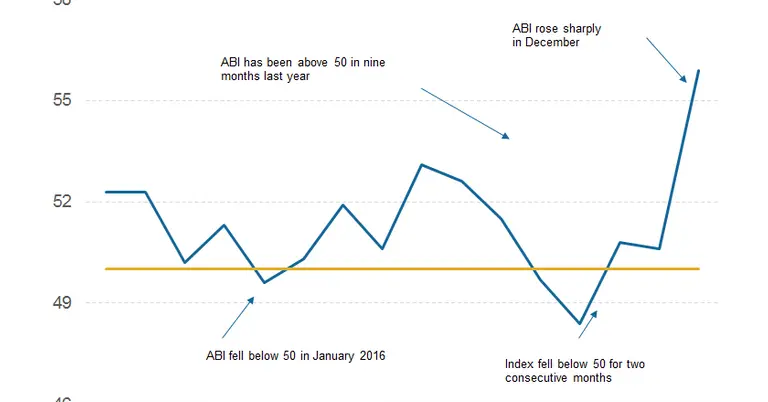As the world continues to urbanize at an unprecedented pace, cities are becoming the epicenters of economic, social, and environmental transformation. The United Nations projects that by 2050, nearly 70% of the global population will live in urban areas, necessitating massive investments in infrastructure and utilities. At the heart of this development lies steel, a versatile and durable material essential for constructing resilient urban environments.
Steel’s critical role in urbanization is further highlighted by companies like Interpipe, which supply steel products to meet the demands of growing cities. These products underpin transportation networks, utility systems, and high-rise buildings, enabling urban centers to thrive amidst rapid population growth.
Urbanization and the Growing Demand for Steel
The Expanding Landscape of Megacities
The rise of megacities—urban centers with populations exceeding 10 million—is reshaping global infrastructure needs. Today, over 30 megacities exist, with numbers expected to grow significantly in the coming decades. These densely populated hubs require robust infrastructure to support housing, transportation, and public services.
Such rapid urbanization drives the demand for steel in unprecedented ways. From skyscrapers with steel skeletons to underground transit systems reinforced by steel components, the material is foundational to building the cities of tomorrow.
The Essential Role of Steel in Modern Urban Infrastructure
Steel’s adaptability makes it indispensable for urban development. In construction, it is used for everything from structural frameworks to roofing materials. In transportation, steel forms the backbone of railways, bridges, and airports. Additionally, steel pipes ensure the efficient distribution of water, gas, and energy—essential utilities for urban life.
Companies like Interpipe have played a pivotal role in addressing these needs, providing steel products that meet the stringent requirements of urban infrastructure projects. Their expertise ensures that steel components are not only durable but also tailored to the unique challenges of modern cities.
Key Applications of Steel Products in Urban Development
Steel in Transportation Infrastructure
Transportation systems are the lifelines of urban environments, and steel is integral to their development. High-strength steel is used in rail tracks, train wheels, and bridges, ensuring durability and safety under heavy loads. Metro systems, elevated railways, and highway overpasses also rely on steel to withstand the demands of daily urban commutes.
Steel Pipes in Urban Utilities
Steel pipes are vital for the efficient delivery of essential services in cities. They form the backbone of water supply systems, ensuring safe and reliable distribution across sprawling urban areas. Similarly, steel pipes are used for natural gas pipelines and district heating systems, contributing to energy security and sustainability in megacities.
Challenges and Innovations in Steel for Urbanization
Addressing Sustainability and Efficiency
As cities expand, the environmental impact of steel production becomes a pressing concern. Manufacturers are adopting innovative techniques to reduce carbon emissions, such as recycling scrap steel and using electric arc furnaces. These practices not only lower the carbon footprint but also make steel production more cost-efficient.
Enhancing Durability and Adaptability
Urban infrastructure must endure the challenges of time, climate, and population growth. Advances in steel technology—such as corrosion-resistant alloys and high-performance coatings—are enhancing the longevity of steel components. This ensures that bridges, pipelines, and buildings remain safe and functional for decades.
Future Trends in Steel Products for Urban Growth
The steel industry is constantly evolving to meet the demands of urbanization. Some of the most promising trends include:
- Increased use of high-strength steel: Lightweight yet durable steel is becoming standard in skyscraper construction, reducing material usage while maintaining structural integrity.
- Smart steel technologies: Incorporating sensors and data-tracking capabilities into steel components allows for real-time monitoring of infrastructure performance, enhancing safety and maintenance efficiency.
- Modular steel construction: Prefabricated steel modules enable faster and more cost-effective construction of urban housing and commercial buildings.
- Eco-friendly and recyclable steel products: As sustainability becomes a priority, the industry is focusing on producing steel that can be reused and recycled with minimal environmental impact.
These innovations promise to revolutionize how cities are built and maintained, ensuring that urban centers remain livable and resilient in the face of future challenges.
Conclusion
Steel is indispensable for the sustainable development of urban infrastructure, playing a pivotal role in meeting the challenges of rapid urbanization. From transportation networks to utility systems, its versatility and durability make it the material of choice for modern cities.
As urbanization accelerates, the collaboration between steel manufacturers and urban planners will become even more critical. By embracing innovation and sustainability, the steel industry will continue to shape the cities of tomorrow, ensuring they are efficient, resilient, and capable of supporting growing populations.


